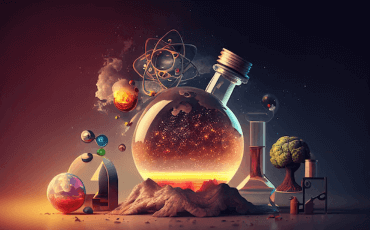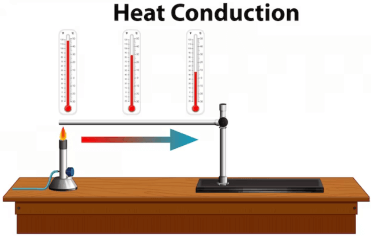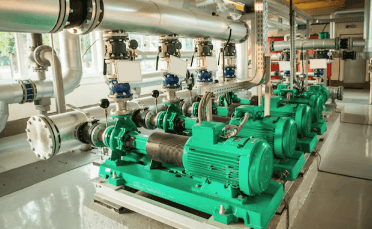Question
a.
Homogeneous
b.
Homogeneous non
c.
Heterogeneous
d.
Heterogeneous non
Posted under Basic Chemical Engineering
Interact with the Community - Share Your Thoughts
Uncertain About the Answer? Seek Clarification Here.
Understand the Explanation? Include it Here.
Q. __________ catalytic reaction is involved in the thermal cracking of gas oil.
Similar Questions
Explore Relevant Multiple Choice Questions (MCQs)
Q. Variables affecting the rate of homogeneous reactions are
View solution
Q. A chemical reaction occurs when the energy of the reacting molecules is __________ the activation energy of the reaction.
View solution
Q. A catalyst inhibitor
View solution
Q. In chamber process of sulphuric acid manufacture in industry, the gas phase oxidation of SO₂ to SO₃ is accomplished by a __________ reaction.
View solution
Q. If the rate of a chemical reaction becomes slower at a given temperature, then the
View solution
Q. The conversion Xᴀ and residence time data are collected for zero order liquid phase reaction in a stirred tank reactor. Which of the following will be a straight line ?
View solution
Q. The rate of the reaction, X → Y, quadruples when the concentration of 'X' is doubled. The rate expression for the reaction is, r = K Cₓⁿ, the value of 'n' in this case will be
View solution
Q. The rate at which a chemical substance reacts is proportional to its
View solution
Q. A plug-flow reactor is characterised by
View solution
Q. For a tubular reactor with space time 'τ' and residence time 'θ', the following statement holds good.
View solution
Q. Space velocity
View solution
Q. The rate of the chemical reaction A → B doubles as the concentration of A i.e.., Cᴀ is doubled. If rate of reaction is proportional to Cᴀⁿ, then what is the value of n for this reaction ?
View solution
Q. A reaction which is catalysed by a base is catalysed by all substances which have a tendency to
View solution
Q. For a homogeneous reaction of nth order, the dimension of the rate constant is given by
View solution
Q. The fractional volume change between no conversion and complete conversion, for the isothermal gas phase reaction, 2A → R, is
View solution
Q. The 'E' curve for a non-ideal reactor defines the fraction of fluid having age between t and t + dt
View solution
Q. To maximise the formation of R in the simultaneous reaction
A + B → R , rʀ = 2Cᴀ^0.5.Cʙ²
A + B → S , rₛ = 1.5 Cᴀ . Cʙ
We should have
View solution
Q. A reaction which is catalysed by an acid is also catalysed by any substance, which has a tendency to
View solution
Q. A stirred tank reactor compared to tubular-flow reactor provides
View solution
Q. A chemical reaction, A → 3B, is conducted in a constant pressure vessel. Starting with pure A, the volume of the reaction mixture increases 3 times in 6 minutes. The fractional conversion is
View solution
Recommended Subjects
Are you eager to expand your knowledge beyond Basic Chemical Engineering? We've handpicked a range of related categories that you might find intriguing.
Click on the categories below to discover a wealth of MCQs and enrich your understanding of various subjects. Happy exploring!








